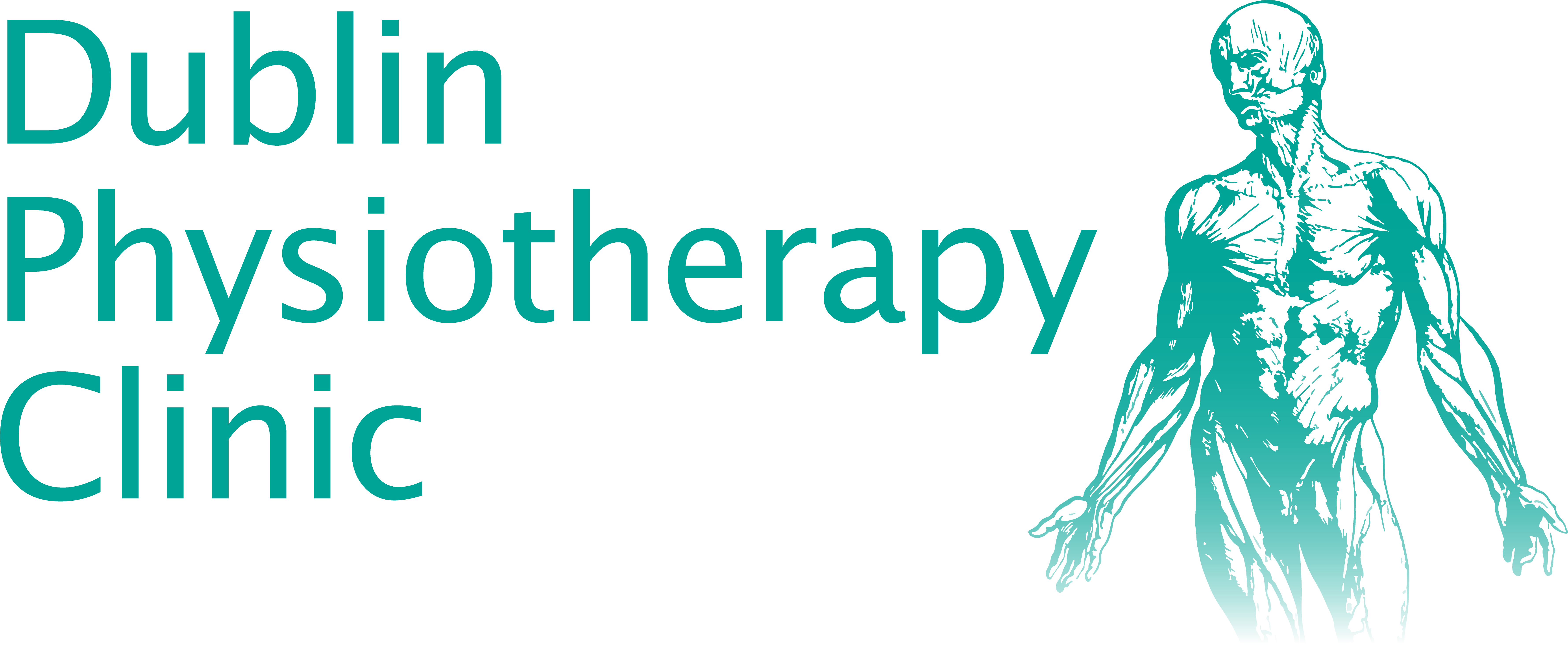Once again, David Fitzgerald has shared his weekly video about a very common topic for most practitioners; nerve pain.
Usually, thinking about nerve pain is directly related to sciatica or trap nerves, however, as David says at the beginning of his video, he has recently worked with a patient suffering from severe nerve pain which had slipped under the radar from a diagnostic point of view.
Keep reading this article if you want a summary of the key points discussed in the video or, if you prefer, watch the vlog below to hear for yourself what David has to say.
Trap nerves and nerve root irritation in the neck are by far the most frequent causes of nerve pain. On the other hand, however, nerve pain can have a variety of different causes that are not always as obvious.
As you might know, thanks to the great advance in medicine over the past few decades, surgeries have become less and less invasive and, if one the one hand this has great advantages from the aesthetic and healing point of view, there is always the risk or causing unwanted bleeds, especially when working with arteries. David tells his viewers of a patient he has seen recently undergone a minor surgery during which led to a contingent bleed loss that had to be stopped by applying pressure to the area. While this procedure successfully stopped the bleeding, it also caused the patient a nerve compression, eventually leading to nerve pain.
The main symptoms of nerve pain
The problem with most types of nerve pain is that preliminary tests don’t usually display any deficits. Patients usually describe it as an uncomfortable feeling in the area (which tends to feel swollen), with shooting pains and severe fatigue.
Very often, it is a case of the nerve being sensitive rather than being compressed. As explained before, nerve pain is extremely hard to be identified due to the lack of tests related to the problem. This, of course, means that the only way to identify the problem is by conducting clinical testing; a very easy way to determine whether the nerves are compressed and what’s the gravity of the situation.
From movement tests to applying pressure on the area to analyse the nerves’ response, clinicians are specialised in identifying this type of problem and finding the perfect solution for each patient.
Possible treatments to nerve pain
The challenge from a treatment point of view is to find the perfect combination of activities to help the patient regain nerve movement in order to avoid sensitivity.
Quite often, the tissues around the nerve are the main cause of problems, preventing the nerves from fully moving. The main solution to this problem is to try and move the tissues around the nerve in order to improve its movement and reduce the pain.
Of course, when a patient needs tissue work or stretching, it is essential to be quite gentle as the area already affected by nerve pain might result tender and therefore achy.
The challenge is to use gentle movements pushing the nerve to become less sensitive and more able to move; this practice is widely used with patients suffering from nerve pain despite it being extremely challenging for practitioners.
Nerve pain can be a very frustrating condition as it is a clinical diagnosis purely based on the symptoms described by the patient rather than the presence of tangible damage on any type of test or scan. Not uncommon, nerve pain has a variety of different causes and its treatment, of course, is strictly related to the source of the problem. While nerve compression is the cause of nerve pain in the vast majority of the patients, clinicians are trained to identify the problem with a variety of tests, placing the patient on a scale of pain that goes from trivial to severe.
So, that is all for today’s topic; check out David’s video if you want a more detailed outlook on nerve pain or, if you want to learn more about a different topic, make sure you go through David’s vlogs and you will find plenty of information about a variety of subjects!
CONTACT US
PLEASE LEAVE YOUR DETAILS BELOW
[gravityform id=”1″ title=”false” description=”true”]





